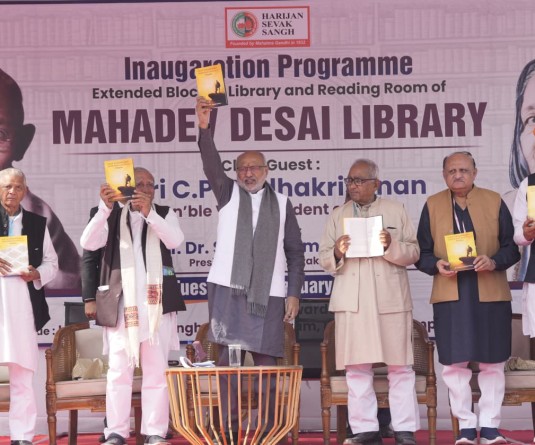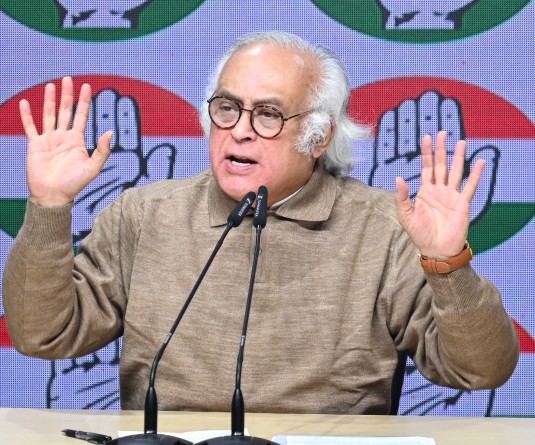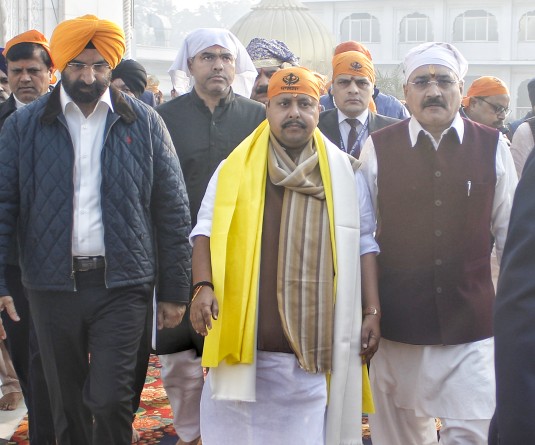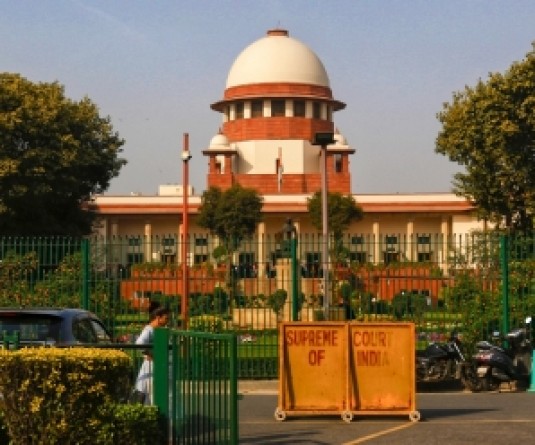IANS File Photo.
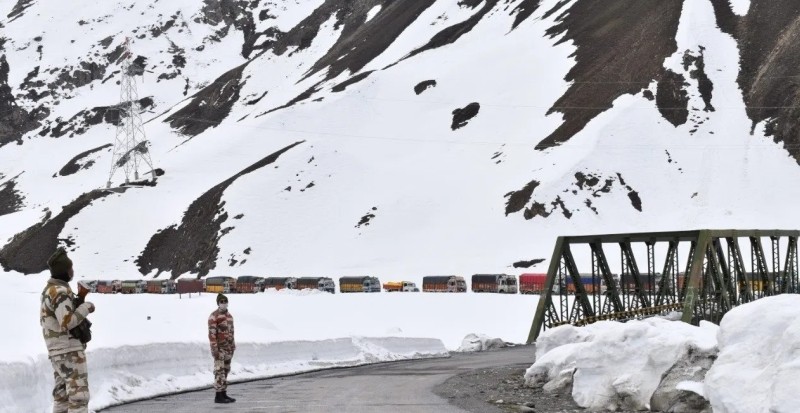
New Delhi, August 29 (IANS): As stand-off with China remains unresolved, the Indian Army gears up for formidable logistical challenges posed by harsh climate at heights exceeding 12,000 feet and temperature as extreme as minus 50 degrees Celsius.
The force requires special clothing, diet and shelter for around 35,000 extra troops deployed in Eastern Ladakh. Most of the friction points in Ladakh like Pangong Lake and Galwan Valley where the face-offs have happened are 14,000 feet above the sea level.
The force will incur an estimated expenditure of around Rs 400 crore for providing special winter clothing to cater to the enhanced deployment. The cost per soldier for special clothing equipment to brave the harsh winter is around Rs 1 lakh.
"To meet clothing and sheltering requirements for operations in these areas, a Special Clothing and Mountaineering Equipment (SCME) at cost of around Rs 1 lakh per set is provided to each soldier," the officer said.
The SCME set comprises snow clothing and equipment for survival, resuscitation, rescue, mountaineering equipment and tents.
"The equipment is of superlative quality standards offering attributes such as light-weight, thermal, equilibrium, waterproof, breathable and durability," the officer said.
The winter clothing and gear includes special three layered jackets and trousers, boots, snow goggles, facemask, rucksacks and others.
Temperature-controlled special tents and pre-fabricated huts are also provided. These can maintain the optimum temperature at the freezing heights where oxygen levels are also low, as in Ladakh.
SPECIAL RATIONS
Troops operating in high altitude areas suffer from anorexia, a syndrome which results in loss of appetite.
This special provision to meet the taste of troops has been made with an aim to enhance, motivate and incentivise food intake.
"Indian Army provides a scientifically formulated special diet to its troops consisting of high calorific and nutrient value items to offset the loss of appetite and reduced intake of food which soldiers suffer in such a climate," said a senior Indian Army officer.
Rations scaled to soldiers in the Indian Army have been scientifically designed and evolved to provide adequate nutrients and to cater for the daily routine, training and for operating in different terrain conditions.
"Rations are accordingly authorized at different scales for all ranks serving at altitude below 9,000 ft, between 9,000 ft and 12,000 ft and above 12,000 ft with progressive increments for challenges at higher altitudes," the officer said.
Similarly some increments to ration scales are aimed at countering heat and dehydration in desert terrain.
It was in 1984, a special scale of rations was introduced for troops deployed in Siachen. On the basis of the experiences of soldiers who were posted at Siachen, these ration scales were further improved in the next few years.
In 2010, these special ration scales were authorized for all the soldiers who are posted at 12,000 ft and above.
As per study carried out by Defence Institute of Physiology and Allied Sciences, the energy expenditure in such regions is approximately 42,70,550 kcal/day. The rations being supplied are so designed that they are adequate to meet the energy requirement.
The nutrient requirement is influenced by altitude due to hypoxic environment -- low oxygen availability due to reduced barometric pressure, extreme cold, low humidity and intense solar radiation.
The energy requirement is more in high altitude areas due to 7 per cent to 21 per cent increase in Basal Metabolic Rate (BMR) during acclimatisation and stay at extreme altitude.
While physical activities in an inhospitable environment and the weight of cold protective clothing of the individual increase the energy expenditure, loss of appetite leads to weight loss and decreased performance.
As per the laid down scales, a total of 33 groups of items are authorised daily in High Altitude Areas.
Also any other items of rations not listed in the scale of rations as demanded by units to meet the taste of troops that can be issued post sanction.
"To mitigate this challenge, preference of troops and their palate acceptability is given due importance, in order to generate appetite with multiple options being made available to provide variety in their diet," the officer said.


